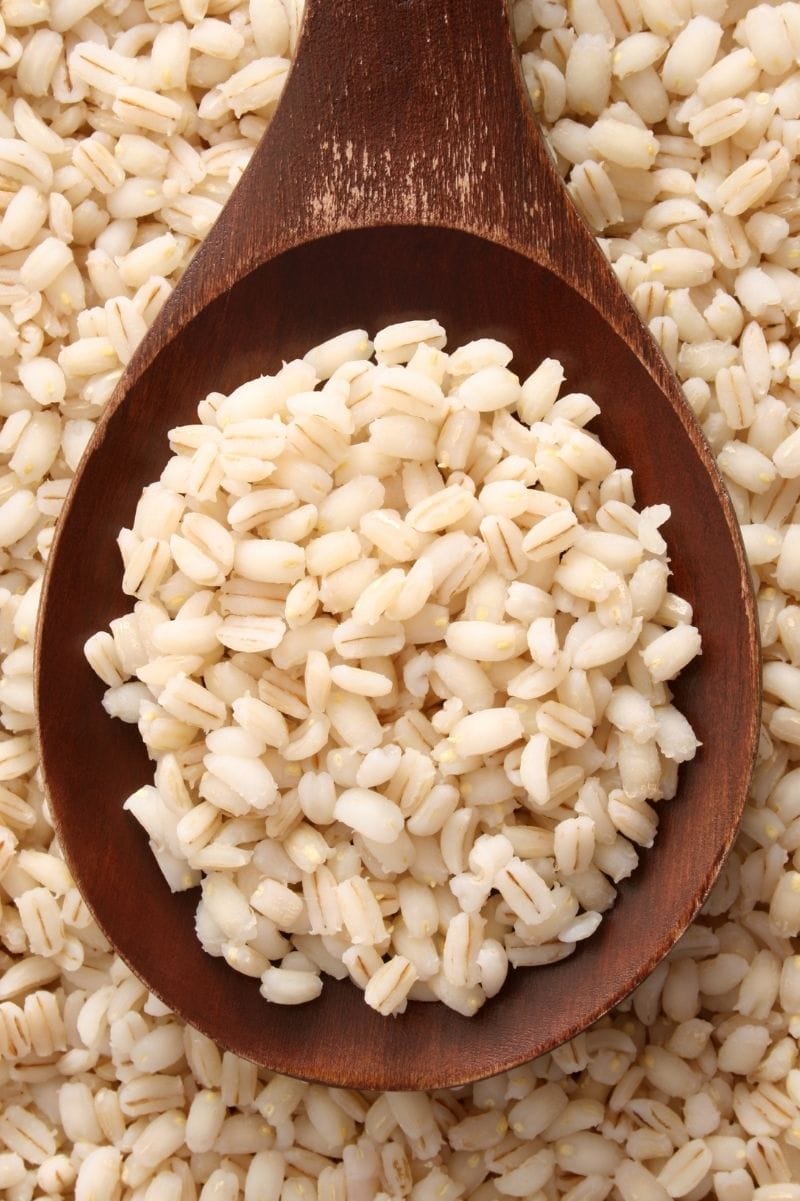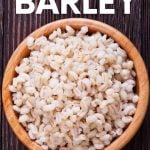It seems like quinoa and rice are the darlings of the whole grain world, but we’re here to talk to you about another whole grain you should have in your repertoire—barley! This chewy, nutty grain is lovely as a side dish, tossed into salads or soups, or even used in place of rice, quinoa, or farro in recipes.
We will talk about the basics of shopping for barley, cooking it, and serving it. Let’s get cooking.
What is barley?
Barley is a whole grain that’s often used as a side dish, mixed into salads, or added to soups and stews to thicken them. It has a slightly nutty flavor, and it tends to have a somewhat chewy texture. Barley is a good source of protein and fiber, and it’s also affordable, which makes it a great grain to incorporate into many dishes.
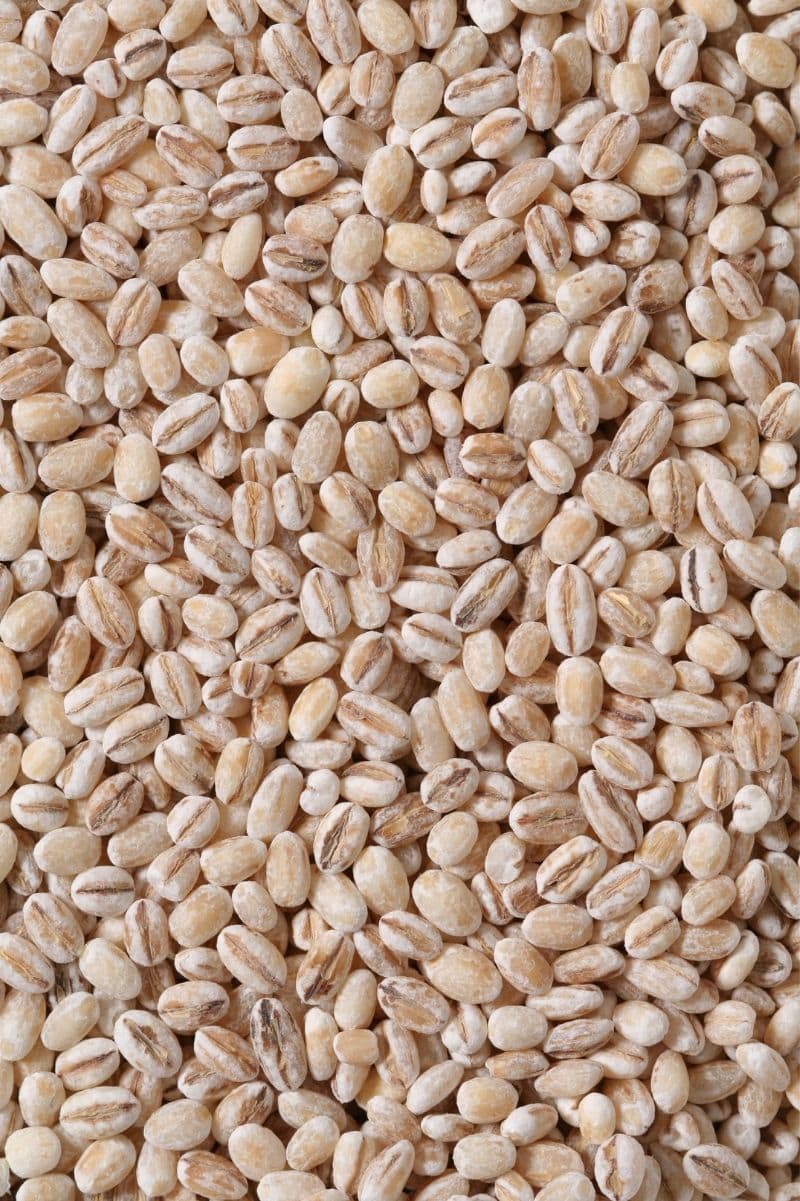
What’s the difference between pearl barley and hulled barley?
There are two types of barley: hulled barley and pearl barley. They both have a similar flavor; however, there are some distinct differences between them.
Hulled barley is a browny-white in appearance. It has a firmer, chewier texture than pearl barley when cooked, and it doesn’t absorb as much water. The fiber-filled bran layer is left on, which means it’s considered a whole grain. In some recipes, you might also see hulled barley referred to as pot barley.
Wholefully Protip
Hulled barley gets its name because the outer hull (inedible and tough) is removed from the grain. But hulled barley keeps its bran and endosperm layers.
Pearl barley is more processed than hulled barley due to the removed fiber-filled bran and endosperm layers. It’s still considered a nutritious grain, but it lacks the fiber that hulled barley has.
Pearl barley absorbs a lot of water, which is especially apparent when added to a soup. It can continue to swell after the soup has finished cooking, leaving you with a thick barley stew when you pull your leftovers out of the fridge.
Some people like this effect, using pearl barley as a soup thickener. However, if you’re looking to keep your soup to a thinner consistency, you’re better off using hulled barley.
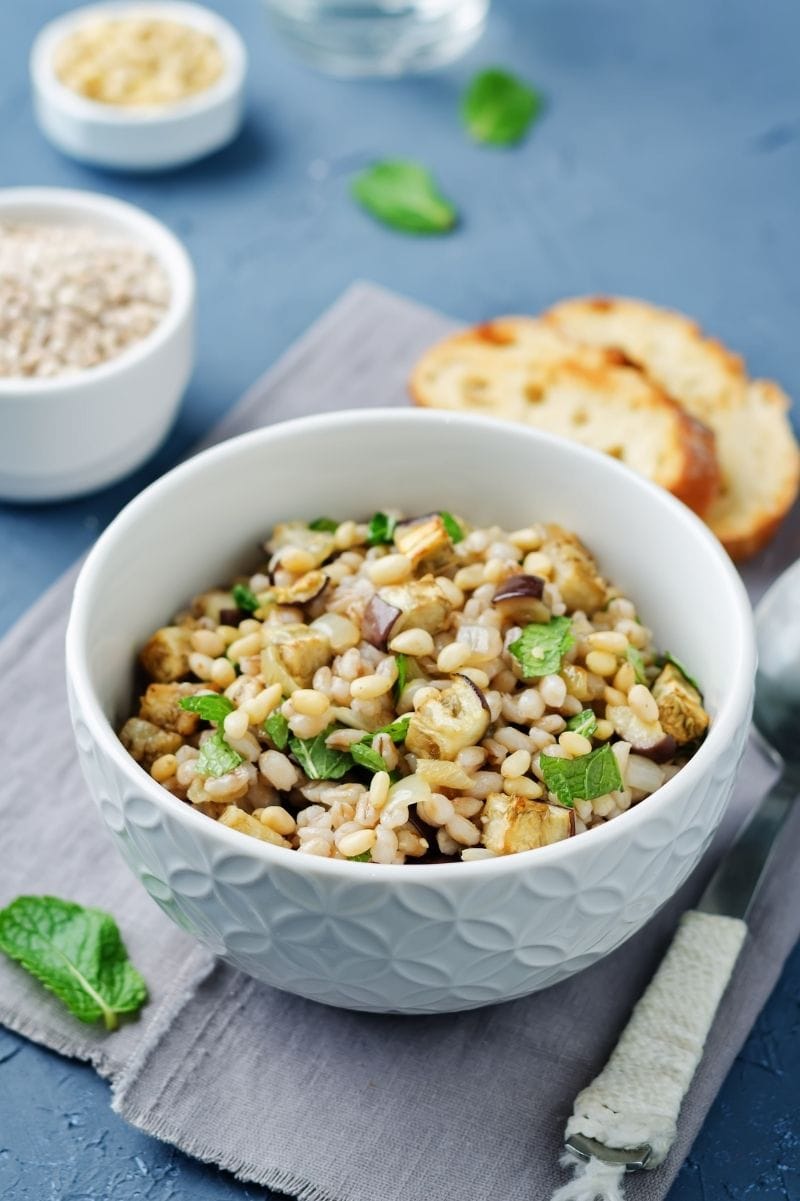
Is barley gluten-free?
While we love the whole grain that is barley, it is not gluten-free. If you are celiac or otherwise can’t eat gluten, you’ll need to steer free of barley.
Should you rinse barley before cooking?
Yes! Rinsing barley before cooking is a good idea because bits of dust and debris can get stuck in with the kernels. To do this, fill a pot with enough water that your barley is covered by about an inch. Swish the barley around, drain the water, and repeat until the water looks clean.
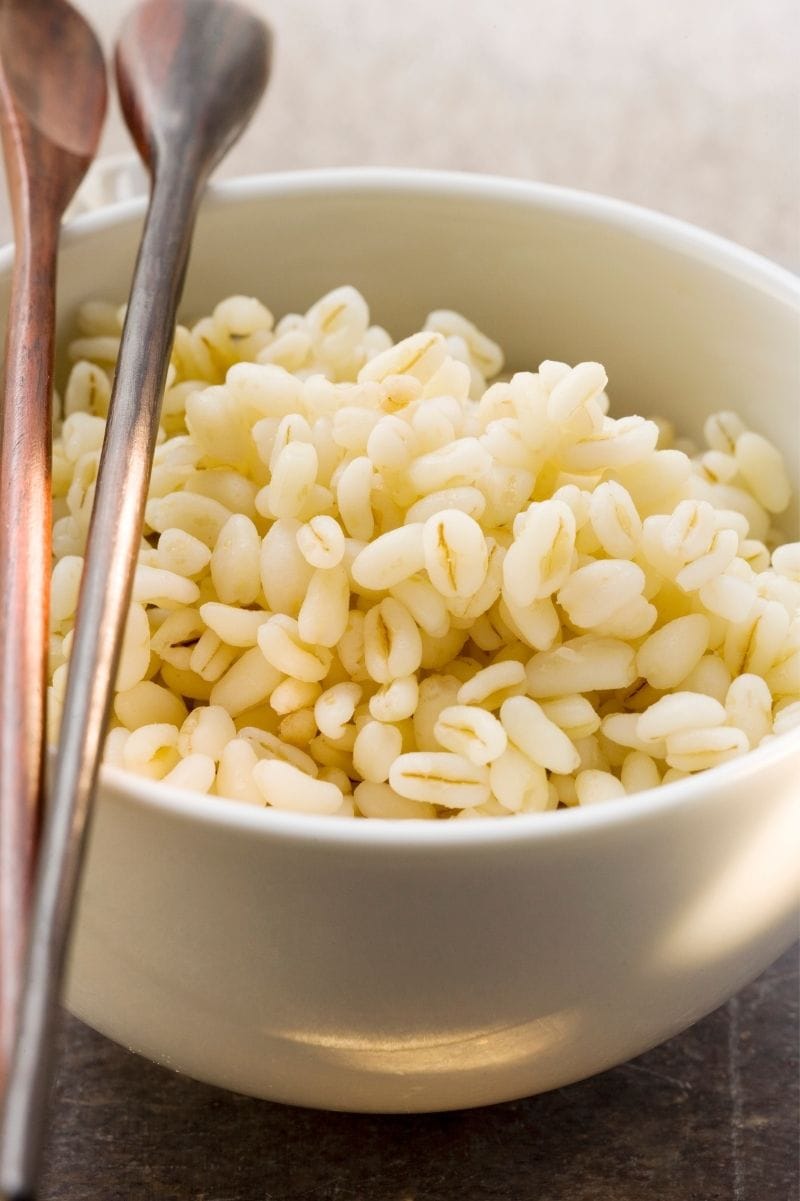
Does barley have to be pre-soaked?
Nope! Barley doesn’t have to be pre-soaked before you cook it—you can just rinse it (or not) and cook! If it isn’t pre-soaked, barley tends to be chewier and firmer. Soaked barley will cook up to be a little more tender. It’s really up to personal preference.
The key benefit to pre-soaking your barley is that it can make them easier to digest If you decide to pre-soak, cover the dried grain in water in a bowl, and let it sit out overnight on the countertop. When it’s time to cook, drain the barley, and then proceed with the recipe—reducing the amount of water you cook with from three cups to two and a half cups—roughly a 15% reduction. Your barley will also take less time to cook, so reduce the cooking time by about ten minutes.
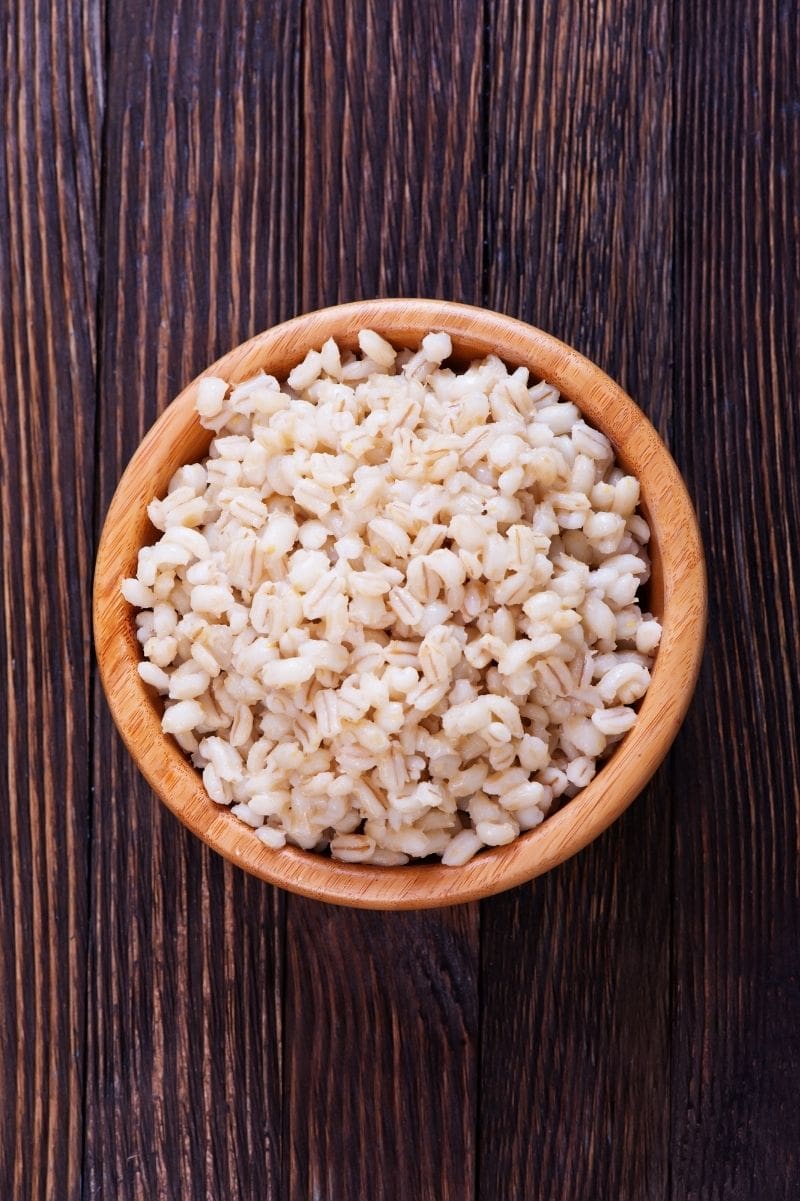
How to Cook Barley in an Instant Pot
Cooking barley in an Instant Pot is super simple; just toss in your water and barley, set the time, and walk away. Less than half an hour later, and you’ve got fresh, chewy barley!
For Hulled Barley:
- Add one cup of hulled barley and two and a half cups of water—or chicken or vegetable broth—to your Instant Pot.
- Cook on high pressure for 25 minutes.
- Let the Instant Pot release pressure naturally for 15 minutes.
For Pearl Barley:
- Add one cup of pearl barley and two cups of water—or chicken or vegetable broth—to your Instant Pot.
- Cook on high pressure for 20 minutes.
- Let the Instant Pot release pressure naturally for 15 minutes.

How to Cook Barley on the Stovetop
Cooking barley on the stovetop takes a little longer than in the Instant Pot, but it’s just as simple.
- Add one cup of barley—pearl or hulled—to a large saucepan, along with three cups of water or stock.
- Bring it to a boil and let the barley simmer uncovered over medium heat. Pearl barley should be checked after 25 minutes, and hulled barley should be checked after 40 minutes.
- It is done when the barley is tripled in size and feels tender. If your pot runs out of liquid before the barley is finished cooking, add more water or stock and keep checking every five minutes.
Wholefully Protip
Barley tends to foam and boil over as it comes to a boil. Keep an eye on it, and make sure to reduce the heat to a simmer once it’s boiling.
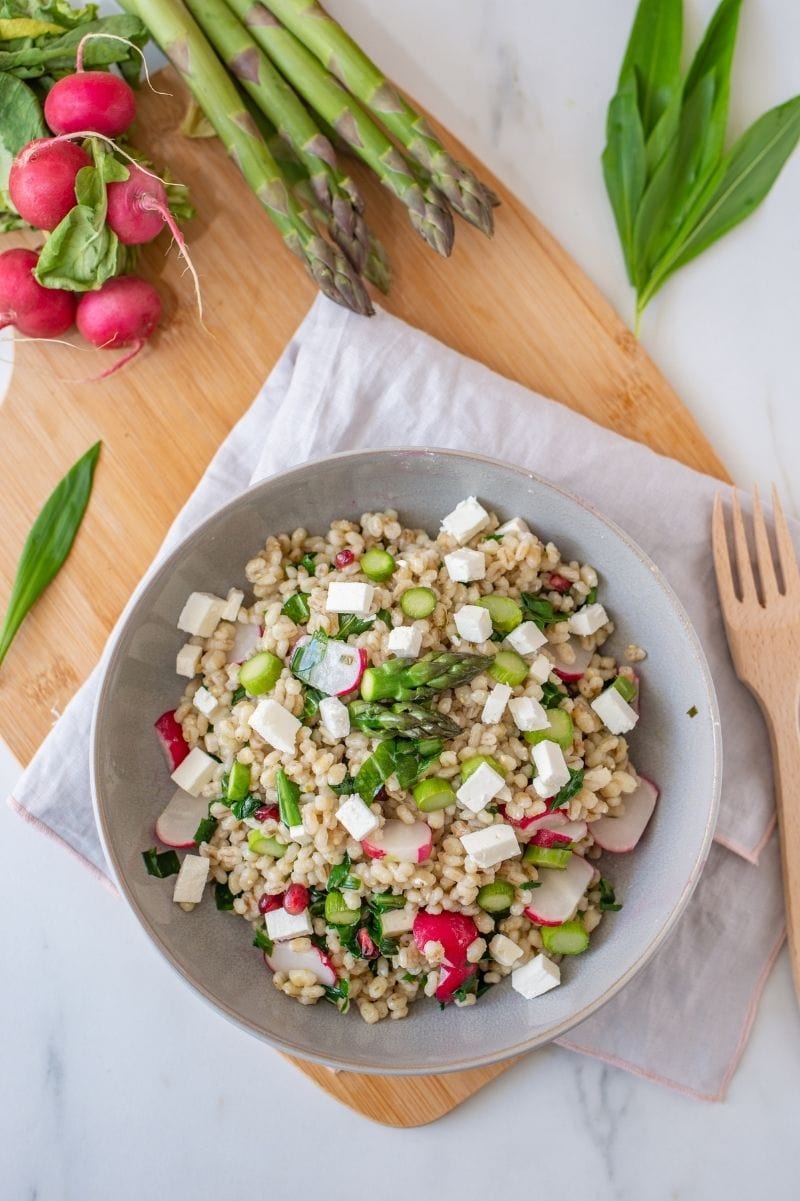
How much barley can you expect to have after it’s cooked?
With grains like barley that swell and expand, it can be challenging to determine just how much you’re going to have when you’re done cooking. But we’ve got an easy trick for you. Just stick with this ratio: one cup of cooked barley will cook up to three cups of cooked barley.
Wholefully Protip
If you’re looking to infuse your barley with a little more flavor, why not cook it in vegetable or chicken broth instead of water? Barley will soak up the liquid it’s cooked in, so it’s a great candidate for adding spices and flavor during the cooking process.
How do you store cooked barley?
Cooked barley stores very well. If you’re going to be using it within three days, you can store it in the refrigerator in an airtight container. If you’re looking for more extended storage, it lasts for up to three months in the freezer in an airtight container.
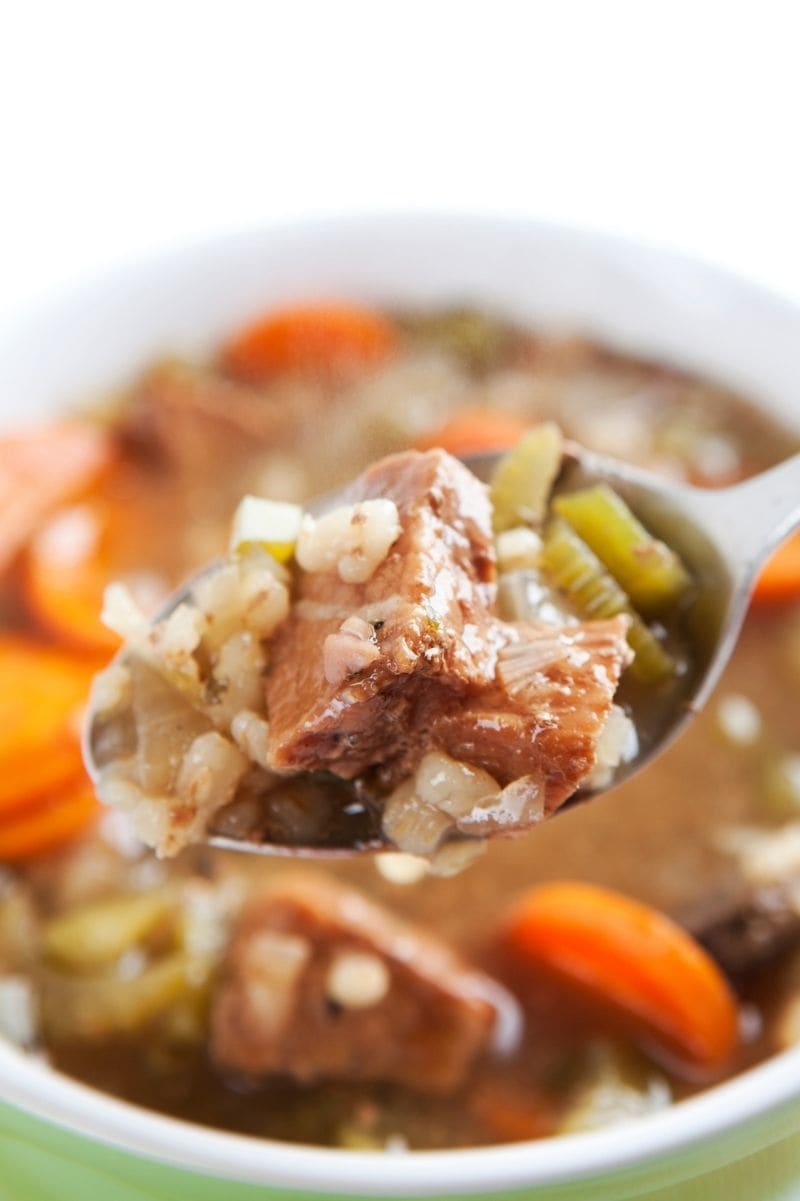
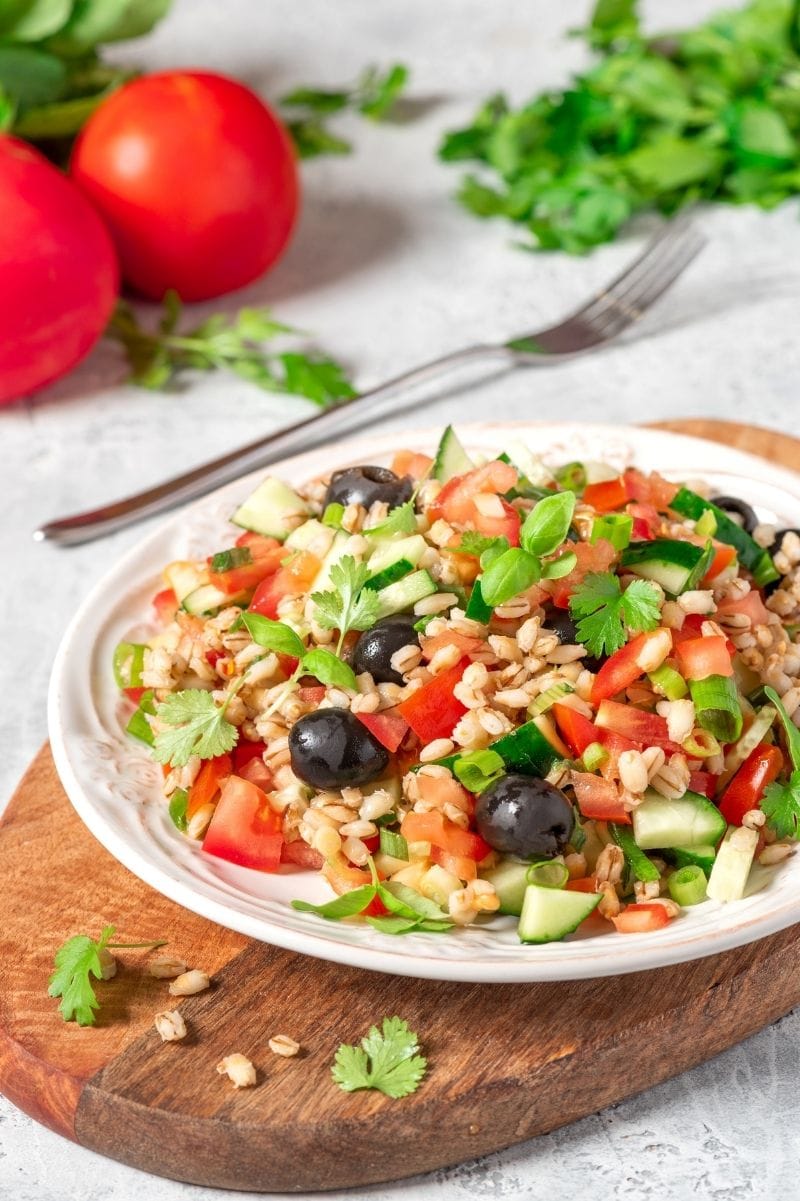
How do you cook with barley?
The most common use for barley is in soups and stews. When adding to a soup or stew, you usually add dry barley and let it cook in the broth to absorb the flavor of your dish.
When your barley is pre-cooked, it makes an excellent base for veggie and grain bowls. You can also use it as an alternative to wheat berries in your whole grain salads. Cooked barley even works as an oatmeal alternative for breakfast. Here are some barley recipes to get you started:
- We love it in soups, like this beef and barley stew.
- We love gifting soup mixes in jars, including this Italian barley soup mix.
- Try barley for breakfast with this barley breakfast delight.
- This Mediterranean roasted vegetable barley would be a great meal prep or packed lunch.
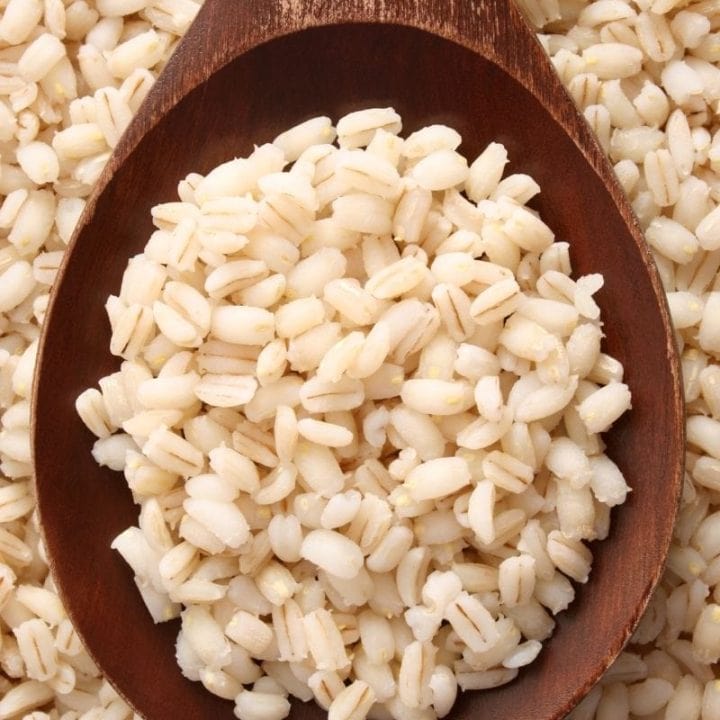
How to Cook Barley
Barley is a nutritious and versatile whole grain that can be a great addition to many dishes. Before you boil your pot of barley, learn how to cook it in this post.
Ingredients
For Stove Top:
- 1 cup of pearled or hulled barley
- 3 cups water or broth
For Instant Pot, Pearl Barley
- 1 cup pearl barley
- 2 cups water (or broth)
For Instant Pot, Hulled Barley
- 1 cup hulled barley
- 2 ½ cups water (or broth)
Instructions
For Stove Top:
- Bring barley and water or broth to a boil, then remove the lid and reduce the heat. Simmer uncovered.
- For pearl barley, start checking at 25 minutes. For hulled barley, start checking at 40 minutes. The barley is done when it has tripled in volume and is soft yet chewy. Add more water if the pan becomes dry before the barley has finished cooking; check every 5 minutes until desired chewiness is reached.
For Instant Pot:
- Cook barley and water or broth on high pressure for 20 minutes for pearl barley or 25 minutes for hulled barley.
- Let Instant Pot naturally release for 15 minutes.
Nutrition Information:
Yield: 6 Serving Size: 1/2 cupAmount Per Serving: Calories: 111Total Fat: 1gSaturated Fat: 0gTrans Fat: 0gUnsaturated Fat: 1gCholesterol: 1mgSodium: 71mgCarbohydrates: 24gFiber: 3gSugar: 1gProtein: 3g
At Wholefully, we believe that good nutrition is about much more than just the numbers on the nutrition facts panel. Please use the above information as only a small part of what helps you decide what foods are nourishing for you.

